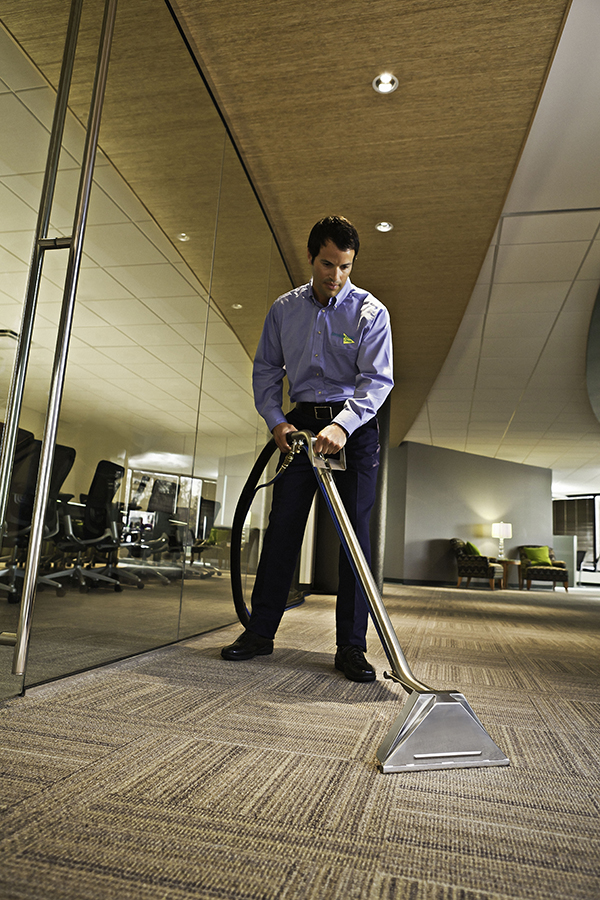Carpets are a significant aspect of interior https://clean.uk.com/carpet-cleaning/milton-keynes design, contributing to the aesthetics and comfort of homes and offices. However, they also accumulate dirt, allergens, and stains over time, necessitating regular cleaning. This observational research article explores various carpet cleaning techniques, their effectiveness, and consumer perceptions regarding these methods.
The Importance of Carpet Cleaning
Carpets serve multiple purposes, from enhancing the visual appeal of a space to providing insulation and comfort underfoot. However, they can also harbor dust mites, allergens, and bacteria, which can negatively impact indoor air quality and health. Regular cleaning is essential not only for maintaining the appearance of carpets but also for promoting a healthy living environment.
Common Carpet Cleaning Techniques
- Vacuuming: The most common method of carpet maintenance, vacuuming removes surface dirt and debris. Observational studies indicate that regular vacuuming can extend the life of a carpet significantly. Most households vacuum at least once a week, but frequency can vary based on foot traffic and household conditions.
- Steam Cleaning: Also known as hot water extraction, steam cleaning is a deep cleaning method that uses high-pressure hot water to remove dirt and stains. Observations show that many professional cleaning services utilize this technique due to its effectiveness in removing allergens and deep-seated dirt. Homeowners often rent steam cleaners for a DIY approach, although the results can vary based on the user’s technique and equipment quality.
- Dry Cleaning: This method involves applying a cleaning solution to the carpet and using a machine to agitate the fibers, followed by vacuuming the residue. Observations suggest that while dry cleaning is convenient and quick-drying, it may not be as effective in removing deep stains compared to steam cleaning.
- Shampooing: Carpet shampooing involves applying a foamy cleaning agent and scrubbing it into the carpet fibers. This method can be effective for spot cleaning but may leave behind residues if not rinsed properly. Many consumers express mixed feelings about this method, noting that while it can refresh the carpet, it may not provide a deep clean.
- Spot Cleaning: Spot cleaning involves treating specific stains with specialized products. Observational research indicates that consumers often have a variety of stain removers in their homes, tailored to different types of stains, such as wine, pet accidents, or ink. The effectiveness of spot cleaning can vary widely based on the product used and the nature of the stain.
Effectiveness of Carpet Cleaning Methods
To evaluate the effectiveness of these cleaning methods, observational studies were conducted in various residential and commercial settings. The results indicated that steam cleaning consistently outperformed other methods in terms of stain removal and allergen reduction. Participants reported significant improvements in carpet appearance and texture after steam cleaning sessions.
Vacuuming was noted to be essential for maintaining cleanliness between deep cleaning sessions, with households that vacuumed regularly experiencing less build-up of dirt and allergens. However, many participants acknowledged that vacuuming alone was insufficient for deep cleaning, particularly in high-traffic areas.
Dry cleaning and shampooing were found to be effective for surface-level cleaning, but participants often expressed dissatisfaction with their ability to address deeper stains or odors. Spot cleaning was frequently used as a supplementary method, with varying success rates depending on the type of stain and the cleaning product employed.
Consumer Perceptions and Preferences
Consumer perceptions regarding carpet cleaning methods vary based on personal experiences, convenience, and cost. Observations reveal that many homeowners prefer professional cleaning services for deep cleaning, citing concerns about the effectiveness of DIY methods and the potential for damaging their carpets.
Cost is a significant factor influencing consumer choices. Professional cleaning services can be expensive, leading some consumers to opt for DIY solutions. However, those who invest in professional cleaning often report higher satisfaction levels, particularly in terms of results and time saved.
Environmental concerns also play a role in consumer preferences. Many individuals are becoming increasingly aware of the environmental impact of cleaning products. Observational research indicates a growing trend towards eco-friendly cleaning solutions, with consumers actively seeking out biodegradable and non-toxic products.
Challenges and Considerations
Despite the various cleaning methods available, challenges persist in the carpet cleaning industry. One significant challenge is the variability in carpet types and materials, which can affect cleaning effectiveness. For instance, natural fiber carpets may require different cleaning techniques than synthetic ones, necessitating a tailored approach.
Additionally, the presence of pets in households introduces further complexities, as pet stains and odors can be particularly stubborn. Observational studies suggest that pet owners often invest in specialized cleaning products and techniques to address these issues, highlighting the need for targeted solutions.
Conclusion
Carpet cleaning is a vital aspect of maintaining a clean and healthy living environment. Through observational research, it is evident that various cleaning methods have their strengths and weaknesses, with consumer preferences influenced by effectiveness, cost, and environmental considerations. As the industry evolves, there is a growing demand for innovative cleaning solutions that cater to diverse consumer needs while promoting sustainability. Regular carpet cleaning not only enhances the aesthetic appeal of spaces but also contributes to overall well-being, making it an essential practice for homeowners and businesses alike.



